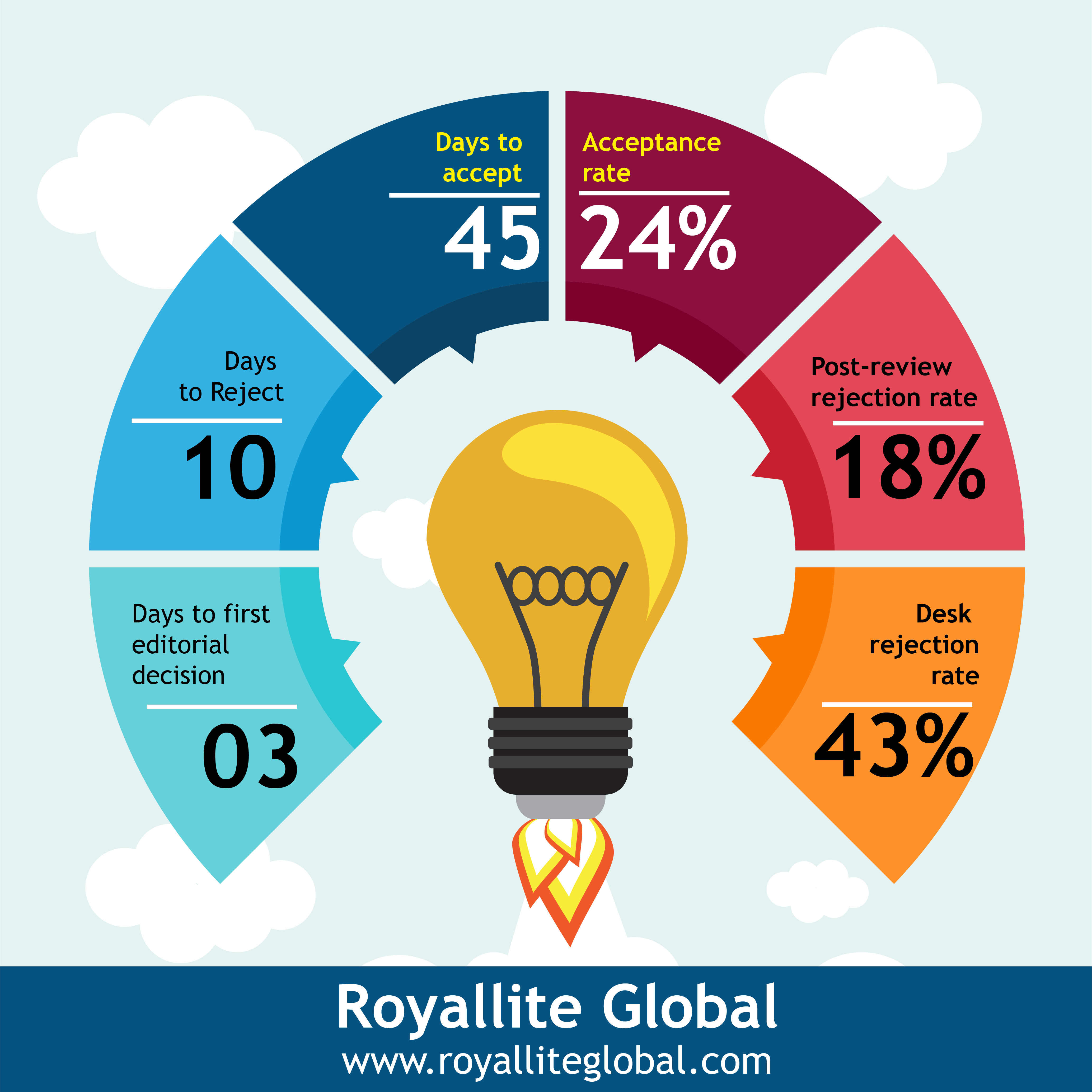The attitude of college students towards premarital sex: Implication for guidance and counseling in Nakuru County, Kenya
Keywords:
attitude, counselling, guidance, premarital sex, studentsAbstract
In many African countries, discussing sexuality still remains a taboo, despite the increasing number of sexual activities among college students. The study sought to find out college students’ attitude towards premarital sex and the implication of guidance and counselling. It was guided by the social learning theory. Using a descriptive survey design data was collected through personally delivered questionnaire to 452 students who were randomly selected from middle level colleges in Nakuru County. The questionnaire was validated through piloting in one college outside Nakuru. Reliability coefficient for questionnaire was estimated through test-retest method and Cronbach’s alpha stood at R=84. Data was analyzed using qualitative and quantitative data. Study findings indicate that 258 or 57% of the respondents were liberal about premarital sex and viewed it as a normal act that should not attract criticism. A total of 194 or 43% were conservative and believed that it is against the norms of society and the teachings of the church. Factors associated with premarital sex, include love, peer pressure, drug abuse and economic factors. Counselling was seen as the best strategic to handle sex issues, but was not effective due to stigma associated with premarital sex. The study recommended the college administrators step up strategies to supervise both the social and academic life of the students. By providing them with information, to make informed consent on sexual matters.
References
Abdullahi, M. (2013). Consequences of Pre-Marital Sex among the Youth a Study of University of Maiduguri. Journal of Humanities and Social Science, 10(1). 10-17. https://doi.org/10.9790/0837-01011017
Adhikari, N., & Adhikar, S. (2017). Attitude towards premarital Sex Among Higher Students in Pokhara Sub-Metropolitan City. Journal of Community Medicine and Health Education, 7(5).
Ajidahun, O. B. (2013). Sex Counselling and Its Impacts on Adolescents’ Moral Behavior. American International Journal of Social Sciences, 2(4). https://www.aijssnet.com/journals/Vol_2_No_4_June_2013/5.pdf
Adaji, S, E., Warenius, U, L., Onng’any A, A., & Faxiled, E, A. (2010). The Attitude of In School Adolscent Towards sexual Autonomy. African Journal on Reproductive Health, 14(1), 33-41
Bingenheimer, B. J., Asante, E. & Ahiadeke (2015). Peer Influence On sexual activity among Adolescents in Ghana. Studies in Family planning, 46(1), 1-19. https://doi.org/10.1111/j.1728-4465.00012
Biddlecom, A., Asare, K, A. & Bankole, A. (2009). Role of Parents in Adolscent Sexual activity and Contraceptive use in Four African Countries. Journal on International Perspective on Sexual and Reproductive Health, 35(2).
Bidell, M. P. (2005). The Sexual Orientation Counselor Competency Scale: Assessing attitudes, skills, and knowledge of counselors working with Lesbian, Gay. https://doi.org/10.1002/j.1556-6978.2005.tb01755.x
Bidell, M. P. (2012). Examining School Counseling Students’ Multicultural and Sexual Orientation Competencies Through a Cross‐ Specialization. Comparison. https://doi.org/10.1111/j.1556-6676.2012.00025.x
Chaves, S., Tritolero. S., Markham, C. (2005). Impact of Media on Adolescent Sexual Attitude and Behaviour. Journal of Pediatrics, 116(1), 303-326.
Cheong, J., Lee, C., Park, H., Byeong, J., Kwon, K., Young, S. & Yoo, J. (2015). The Effects of early Menarche on the sexual behaviour of Korean female adolescents: Ann Pediatr Endocrinal Meta, 20(3), 130-135.
Enejon, V., Pharr, J., Octavia, M., Olutola, A., & Ezeanola, E. (2017) Impact of Self Esteem on risky Sexual Behaviour among Nigerian Adolescents. https://doi.org/10.1080/095 40121. 2015. 1120853
Frerich, E. A., Garcia, C.M., Long, S.K. & Lechner, K.E. (2012). Health care Reform and Young Adults Acess to sexual Health Care. An exploration of Potential Confidentiality. Implication of the Affordable Care. Journal of American Public Health, 102(10), 1818-1821.
Gurmesa T, Fessahaye A, Sisay D (2012). Risky Sexual Behavior and Predisposing Factors among Students of Jimma University, Ethiopia. Ethiopian Journal of Health Science, 22(3).
Kenya Demographic and health Survey (KDHS) (2014). Kenya National Bureu of Statistics, Nairobi, Kenya
Kirk, J., Shannan, M., Noyes, L., & Rector R. (2003 ) . Harmful Effects of Early Sexual Activity and muiltiple Sexual partners Among Women: A Book of Charts. The heritage Foundation. Heritage. Org/Nood/18327
McMillen, E., Helm, H. & McBride (2011). Religious Orientation and Sexual Attitude and Behaviours. Journal of Research and Christian Education, 20(2).
National College of Health Assessment (NCHA)2016): Canadian National College Health Assessment 2016_ncha-ii_survey_instrument.pdf:
Siddhartha, D., & Manjal, M. (2017). Sexual Knowledge, Attitude, Behaviour and Sources of Influences in Urban College. Journal of Indian Social Psychology Vol 33 issue 4 pg 319-326
Noor, A., Khadija, S., Rahman, A., Khanaira, O and Ramayan, I,(2017). Questionaires developed and validity to measure sexual intention among youth in Malaysia. BMCPublic Health, 17, 157. https://doi.org/10.1186/s/12.889-116-3949-1
Wondmnew & Kassawmar (2017) Premarital sexual practice and associated factors among high school youths in Debretabor town, South Gondar zone, North West Ethiopia. BMC Research Notes, 12(201).
Zelalem, A., Worku, A., Getachew, F. & Bizuayhu S. (2013). Prevalence and Correlates of Exchanging Sex for Money (Gift), among Private College Students in Bahir Dar City, Northwest Ethiopia Journal of Clinical Medicine Research, 2(6), 126-134.
Downloads
Published
Issue
Section
License
Copyright (c) 2022 Janerose Mulamba Mayabi

This work is licensed under a Creative Commons Attribution-NonCommercial-ShareAlike 4.0 International License.
This open-access article is distributed under a Creative Commons Attribution (CC-BY) 4.0 license.
You are free to: Share — copy and redistribute the material in any medium or format. Adapt — remix, transform, and build upon the material for any purpose, even commercially. The licensor cannot revoke these freedoms as long as you follow the license terms.
Under the following terms: Attribution — You must give appropriate credit, provide a link to the license, and indicate if changes were made. You may do so in any reasonable manner, but not in any way that suggests the licensor endorses you or your use.
No additional restrictions: You may not apply legal terms or technological measures that legally restrict others from doing anything the license permits.






